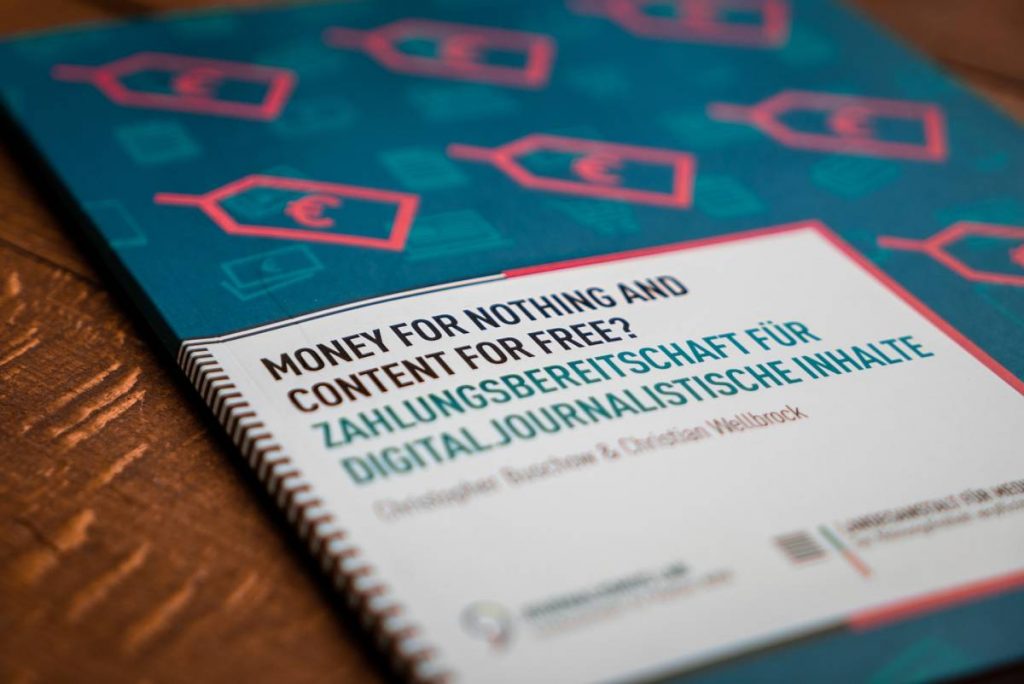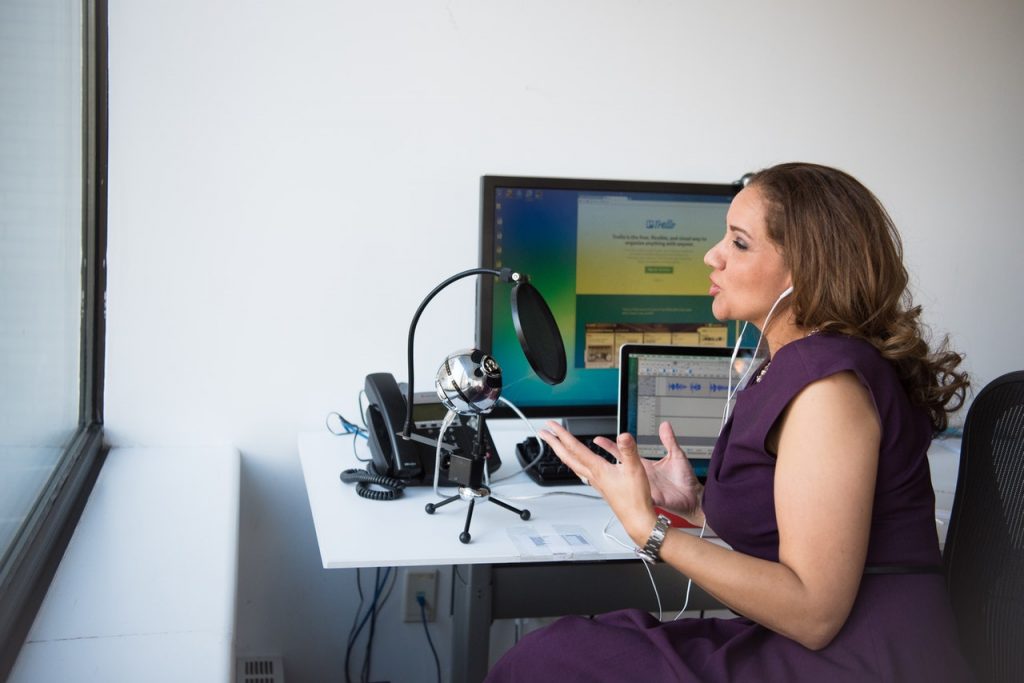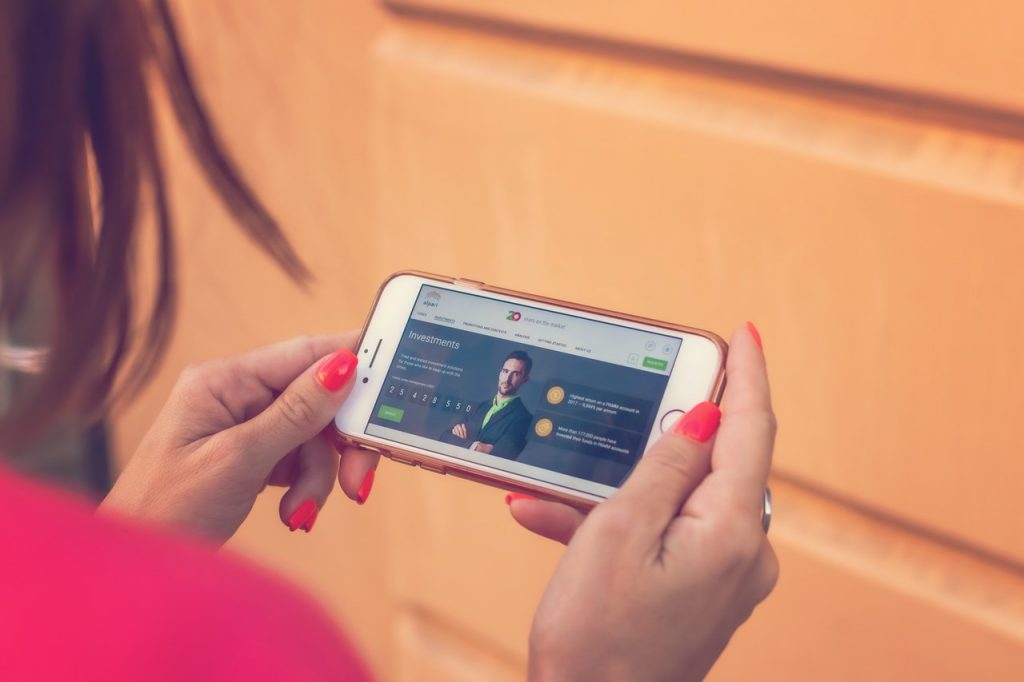Digital content has now become a crucial part of many businesses’ marketing strategy. It doesn’t matter if you’re a startup or a mega corporation; the digital landscape and content development should be part of your marketing initiatives to reach the right audience.
Since 70 to 80 percent of users will research a company before visiting or making a purchase, providing consumers with timely, readable or well-produced digital content is more important than ever.
What is Digital Content?

Digital content is the information internet users find online. When they search for a question or key in a query, various results will appear and those are the content they consume. It has the power to entertain, engage and educate. And it can come in a multitude of formats and can be found on a number of channels on the web — beyond your website.
The most effective pieces of digital content do more than inform people; done right, your online content could easily contribute to your revenue because it can persuade prospects and convert them to becoming customers.
So think of your digital content as currency on the web, which means it should be approached with a strategy in mind to get lucrative results.
It all starts with learning the different types of digital content you can use to drive business growth.
What are the Types of Digital Content?

A professional digital content creator knows that online content can come in text, video, visual and audio form. It’s not just about your services or products written on your website.
Blogs are one of the most common forms of digital content, having been practiced since the dawn of the internet. It provides your business with link building opportunities, which boosts SEO ranking that strengthens online visibility for your company; builds trust with your consumers; drives your business’s authority in an industry and can deliver on conversion rates if optimized correctly.
Expand your digital content development to include the following types:
• Videos – people are drawn to video content because they’re easy and convenient; they can inspire marketing-specific actions, from subscriptions to demo signups. Your videos can demonstrate or explain your products or services; they can also be about client testimonials or brand introductions.
• Social Media Posts – what you post on your Facebook, LinkedIn, Instagram or Twitter accounts should reflect your branding. These posts can engage consumers and reach new markets. Some posts can contain visual content.
• How-to Guides – most consumers will look up a product or service before purchasing. A well-written, optimized how-to guide can nudge a person to move down the sales funnel.
• Case Studies – case studies are also effective for helping consumers decide on a purchase, particularly for B2Bs. You can also use this type of content to build your brand’s credibility.
• Guest Posts – much like blog posts on your website, guest posting is good for link building strategies. It gives you visibility on other authoritative sites through relevant content. You can also invite other guest bloggers to post on your website.
• Newsletters – a good way to inform customers about your business and what you currently offer. Newsletters with incentives, like discounts, may get better open rates.
• Interviews – could be Q&A sessions with key people in your company. It could also feature other business leaders.
• Ebooks – when developing your content, collecting longform blog posts with case studies for an ebook is a good strategy. It maximizes existing content assets by presenting them in a different form, and it saves your organization resources.
• Infographics – visualizing the data your business is an effective way to share information with online users, who typically have a short attention span. Instead of consuming 500 or 1000 words on a topic, they can get the information they need in a colorful, creative infographic.
• Podcasts – its popularity is growing, with expected listeners to rise to 125 million in 2022. Use podcasting as part of building your brand. If you don’t have the resources yet to produce a podcast, explore existing shows that could have you on as a guest.
Other types of digital creative content to consider when developing your strategy are user-generated content, like user reviews and ratings, live videos on social media, live chats, live digital events, photo galleries, GIFs, memes and news releases.
So how do you know which type of content is right for your business?
Identify the digital media where your content will go.
What are the 3 Types of Digital Media?

The right channels can help you reach more people and spread the word about your business more effectively.
Three types of digital media:
Earned Media
This is publicity gained from various methods that doesn’t involve paid advertising. They include reviews, mentions, shares from users and search engine optimization (SEO).
Earned media can be likened to word-of-mouth. Third-party users promote your brand without being paid for it. Used wisely, like being proactive and getting an influencer to work with you, it can enable your brand to reach a wider audience.
Owned Media
This is any property you own or control. These can range from your website, blogs, listings, or social media accounts. The more you own, the larger your reach can be.
Paid Media
This is any marketing channel you pay for to promote your brand or increase traffic to your website or other online properties. This involves display ads, social media ads, search engine marketing ads, and any kind of promotional ads that you pay for.
Each one of them can present you with different opportunities to interact with your target customers, so a piece of content can go through a combination of channels, depending on your goals and strategy.
How will Digital Content Help Businesses Today?

People are turning off their TVs and tuning in to their desktops, laptops, tablets, smartphones and other mobile devices more. Although content has been around for ages, in the form of flyers, brochures, tarpaulins, and billboards — the internet has redefined the concept of content and content marketing.
The internet has made everything more accessible, faster and more personalized. Everyone can reach out to anyone at any time, which means anybody on the web can see the content that you put up online.
Though every industry is different, the main objectives stay the same, and digital content is an effective way to help reach these objectives:
• To inform and educate your target market and provide them with the answers they need
• To entertain and engage them. To establish an emotional connection with them so they can see that your brand is relatable and fit for their needs.
• To offer a solution to a problem and convince them that your products or services are the ones they should choose.
To fully maximize your digital content and deliver positive results, you need to know how to create digital content that will have real business impact.
How Do You Create Digital Content?

1. Identify your audience
Every successful story starts with knowing who your readers are going to be. A well-defined audience sets the style and tone and determines the digital marketing channels you’re going to use, as well as the topics you’ll be writing about.
So you’ll need to create buyer personas.
Buyer personas are characters modeled after your ideal clients. Although they’re fictional, customer personas embody the interests, behavioral traits and central concerns of your target market.
Here are some questions that can guide you in the creation of a buyer’s persona:
• How old is my target user?
• What’s their background?
• What are their hobbies and interests?
• Which digital channel do they like using the most?
• What are the issues and problems that they’re facing?
• What would make them look for you, and why?
Buyer persona creation tells your digital content producer if your strategy should focus on videos and other visually driven content or if case studies and ebooks are a better option.
Scour the web, look at comments, account of real people, and one of the most effective ways is to choose from your existing clients one who embodies your ideal customer and interview them. You can also work with your sales team. Ask for their insights and opinion as these will help build a more sales accurate persona as well.
2. Keyword research
Nothing should be random when it comes to internet marketing and content. The right keywords help your blog posts, videos, or infographics get found online by your target market. So you’re not just creating compelling content that’s informative and engaging; you’re also making sure your target audience sees and clicks them.
How do you determine the right keywords? Look for the following:
• Volume
Volume or search volume tells you how many people have typed that word on search engines.
• Competitors
Once you’ve considered a keyword, see the websites that are currently ranking for that specific keyword. Choose keywords that are not too competitive if you’re just starting to develop your content. Competitive keywords will make your articles or videos harder to rank.
• Search Intent
Search intent indicates the purpose of that keyword. What the user’s intention is when he or she typed the query on the search bar.
Here are the three types of search intent:
a. Informational- The user is seeking to gain knowledge or be educated about a topic.
b. Transactional- The user has the intention of purchasing a product or service.
c. Navigational – The user is interested in finding a location or an establishment.
For content like blogs, go for informational keywords.
3. Determine the goal of the digital content
What are you doing content development for? Do you want to boost your rankings? Is it to increase traffic or drive up sales?
Whatever your goal is, make sure that it’s specific and measurable.
For example, instead of “Increase sign-ups,” try “Increase sign-ups from X to Y by the end of the month.”
This way, you’ll be able to visualize your agenda, know which channels to use to promote your content, and plan accordingly.
4. Develop a content calendar
A content calendar keeps you on track of your tasks, keeps the team organized and it eliminates randomly publishing content that doesn’t have anything to do with your goals.
Having a calendar ready also makes it more efficient for you to oversee which content assets need to be created, optimized, updated, or repurposed.
Upon creating your digital content calendar, you can also pinpoint then and there who will be tasked with creating the content, the type of content, the keywords to be used, and the medium you’ll be using to publish it.
Calendar example:
| Topic | Keywords | Content Type | Target Audience/ Buyer Persona | Assigned To | Channel | Publish Date |
| What is Digital Content? | Digital Content | Blog | Steve the Small Business Owner | Sean | Website | July |
| How to Create a Content Marketing Plan | Content Marketing Plan | Ebook | Manny the Marketing Manager | Leo | August |
Your calendar doesn’t just keep you on track and organized, you can also use it as a reference when you’re doing your content audit.
5. Evaluate your results
Digital content creation doesn’t stop after you’ve clicked the publish button. It’s an on-going process that will include tweaking, updating and adjustments.
Let’s say you’ve successfully created a plan that delivered on your goals. You have to study which parts worked out and why, then repeat the process.
Some things to keep in mind:
• Check what kind of effect the content had on your business
• Audit old blogs and content materials to make sure that what you have is still relevant and fresh for your audience.
• Always look for areas to improve by comparing your high-performing pieces with those that aren’t doing so well.
Evaluating your content is a way to find out if your digital content strategy is working and worth repeating.
Engaging Digital Content, Effective Digital Strategy
Digital content is a powerful asset for any kind of business. But the process, from ideation to creation and implementation to management, is rarely easy. It requires time, resources and, in competitive industries, out-of-the-box thinking that creates compelling content people will consume.
When you don’t have the time or lack the resources, let a professional develop a creative content plan that meets your business goals. From brand visibility to business growth, the lucrative effects of thoughtfully conceived content pieces make good investments for every entrepreneur.
